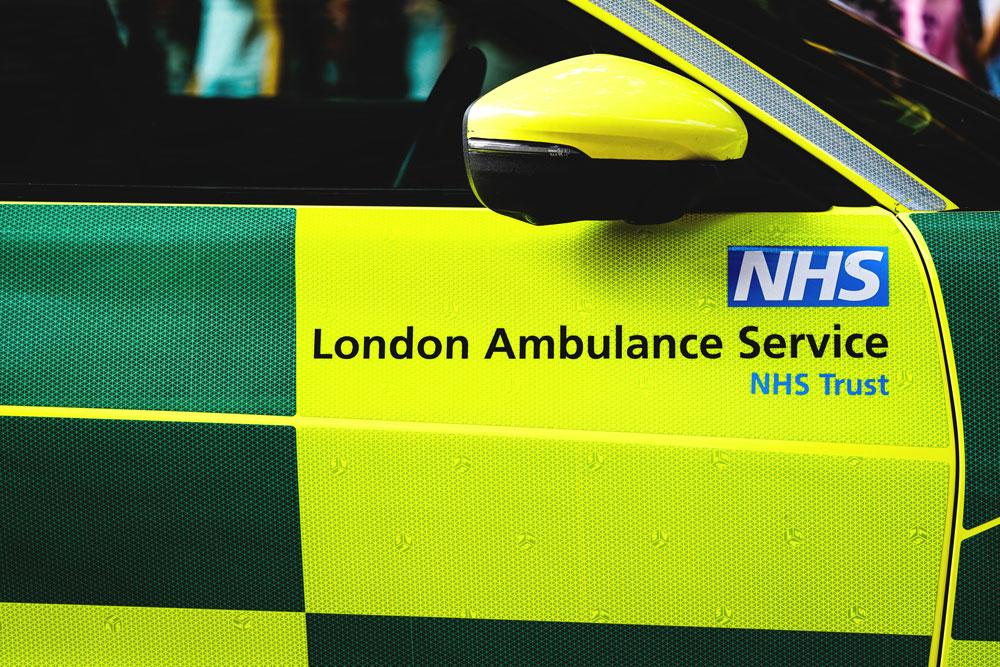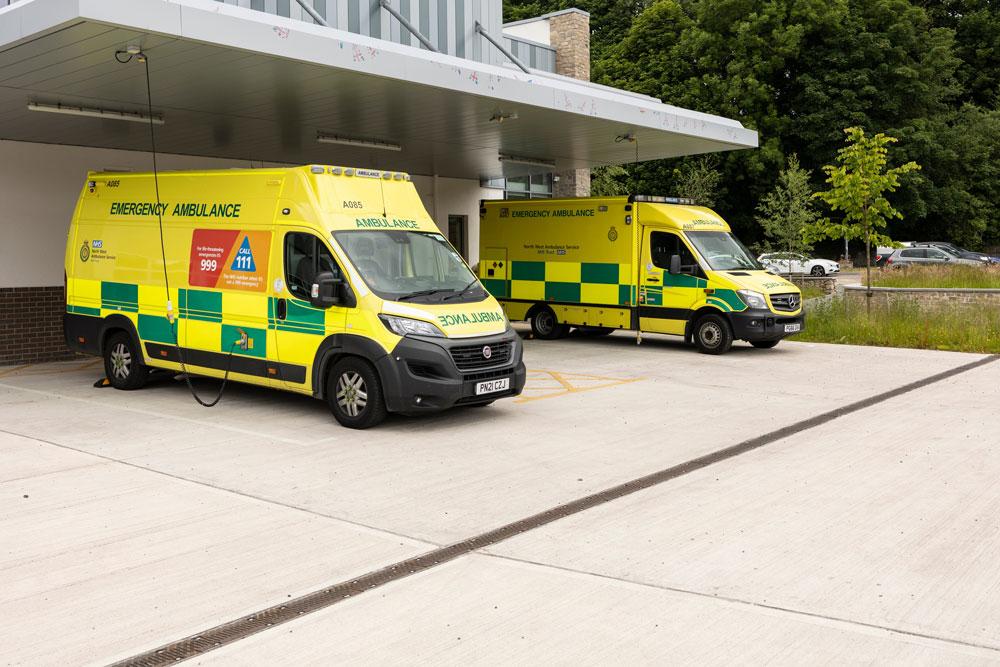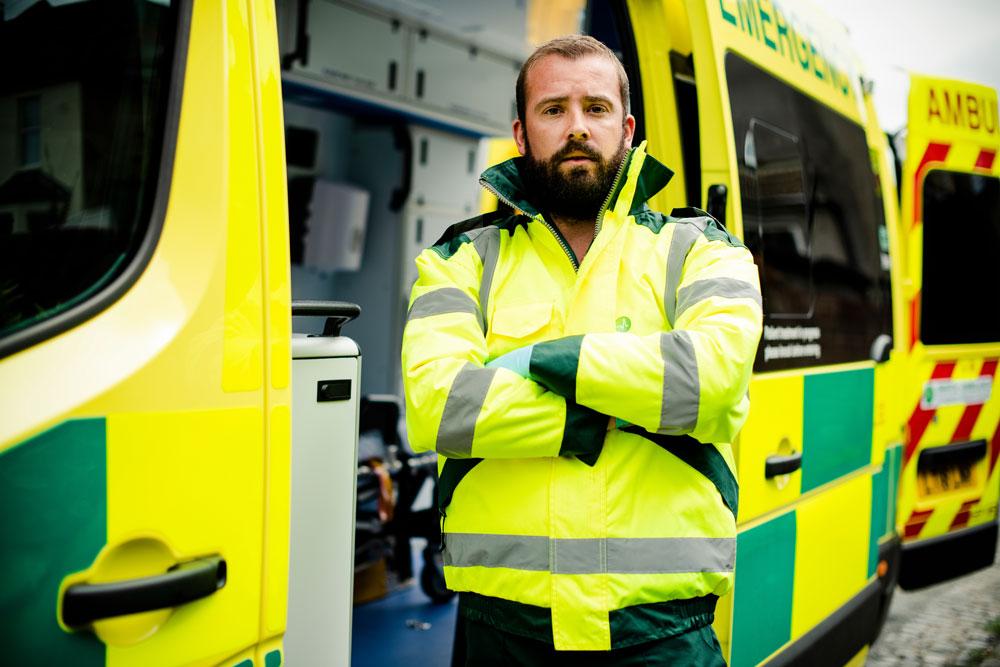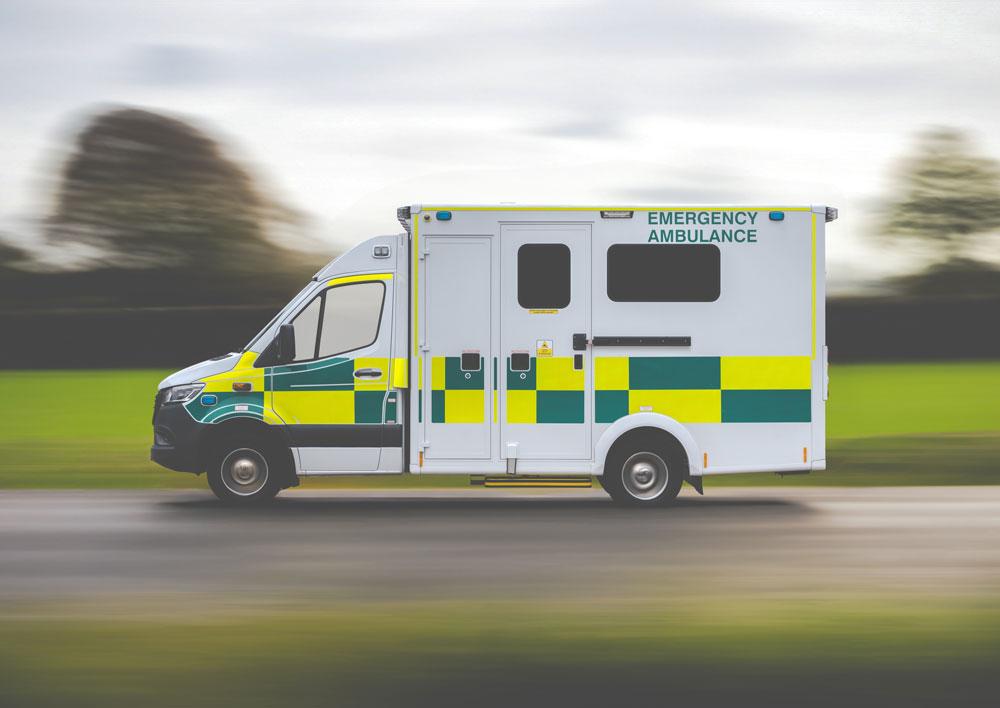What will new ambulance funding enable and how will expanding the ambulance fleet improve patient care and deliver efficiencies to the NHS? Health Business explores
In July, Health Minister Stephen Barclay announced that a £36.3 million investment would enable 256 state-of-the-art ambulances to be added to the current NHS fleet across the country this winter. As part of this financing, an extra 25 double-crewed ambulances will be supplied to London Ambulance Service as a result of £3.85 million investment, while Yorkshire Ambulance Service will increase its fleet with 62 double-crewed ambulances, due to £7.5 million in funding.
From December last year to March this, the health service struggled to meet waiting time targets despite tens of thousands of elective or non-urgent operations and procedures being postponed to help hospitals deal with pressure. Then Health Secretary Jeremy Hunt labelled the situation as the ‘worst ever’ for the NHS, and many leading healthcare figures predict that this winter will follow a similar pattern.
The funding should help quash some of the concerns raised in a recent NHS Improvement report, which warned that the service’s ageing fleet and slow uptake of technology is limiting the ability of the NHS to answer 999 calls quickly.
With eight out of 10 services missing their seven-minute target for answering the most life-threatening emergencies in July, announced prior to Barclay’s announcement, the review stresses that it will be more difficult for ambulances to hit their targets if the current problems are not addressed. This is echoed by London Ambulance Service, who found through local polling that 72 per cent of Londoner’s feel that people use the ambulance service when they don’t need to.
For example, 23 per cent of 18-24 year-olds stated they would call an ambulance because they couldn’t get an urgent GP appointment, while more than half of 18-24 year-olds would call an ambulance in a non-emergency situation because they have no other way to get someone to hospital. This is despite ongoing efforts by NHS England and NHS Digital to promote and raise awareness of NHS 111, the free number to call when you have an urgent healthcare need which isn’t a life threatening situation.
Lord Carter, who carried out the NHS Improvement review, has backed calls for an overhaul in approach to the productivity of the ambulance services, arguing that an ambulance is ‘not a taxi to A&E’ and stating that, with the use of modern technology, patients should often be treated at the scene.
However, the current ‘ageing ambulance fleet means that this is not always possible’. Lord Carter has therefore identified that tackling the current problems surrounding efficiency could save £500 million a year by 2021, which could then be reinvested in the service. With demand predicted to increase by 38 per cent over the next 10 years, the review found that auto-dispatch technology to speed up responses to cardiac arrests was not yet fully implemented 12 years on and that the use of digital technology to access patients records remains in its infancy.
Responding to the report, Will Hancock, Chief Executive at South Central Ambulance Service NHS Foundation Trust, said: “The Carter Report provides a valuable roadmap to England’s ambulance service of the future and although SCAS compares well to other trusts, we also recognise the need to remain committed to delivering the continuous improvements that are required for patients, staff and taxpayers. As a Global Digital Exemplar we are introducing new technologies into our organisation and service; we are already working with our neighbours in London and the Isle of Wight – a partnership approach that Lord Carter recommended all trusts should adopt; and we have developed a range of innovative services both on our own and in partnership with other health and social care providers, that means more of our patients get the most appropriate care they need rather than transportation to A&E.”
Martin Flaherty, managing director of the Association of Ambulance Chief Executives, added: “We welcome Lord Carter’s report, which highlights how ambulance staff continue to work extremely hard to provide excellent patient care at the front line of the NHS despite rising demand and pressures elsewhere in the system that are often beyond the ambulance service’s control. We also note his confirmation that during last winter, delays at busy hospitals cost the ambulance service £50 million. This still remains our biggest issue and resolving this will add the greatest increase in capacity for ambulance services this winter.
“We are also pleased that Lord Carter recognises the need for the wider NHS Infrastructure to continue to improve to enable ambulance staff to have more opportunities to treat and refer patients safely rather than take them to an Emergency Department. It is clear that the current lack of clinically suitable referral pathways in some areas contributes to the differences in the percentage of patients being transferred to hospitals.”
Make Ready
July’s funding announcement also detailed how the Department for Health & Social Care will finance ‘Make Ready’ hubs at ambulance trust headquarters, where specialist staff will be able to re-stock, refuel and clean vehicles to get them back out faster to treat patients.
Already a feature at a number of ambulance headquarters, Make Ready is proven to contribute towards improved infection control rates, where the repetitive cleaning undertaken at every shift in the Make Ready Centre producing a higher standard of cleanliness. In fact, according to the South East Coast Ambulance Service, 100 per cent of vehicles are deep cleaned every six weeks, while the percentage outside the Make Ready system is 75 per cent.
Joint working
On 25 September, South Central Ambulance Service NHS Foundation Trust and London Ambulance Service NHS Trust announced that they have established a partnership to look at potential efficiencies through projects like joint procurement of vehicles, equipment and IT systems. The two trusts, which provide urgent and emergency care services for about 16 million people between them, are also committed to working more closely together and learning from each other’s best practices.
This is the second collaborative effort from South Central Ambulance Service in a matter of months, after the trust announced that it would be seeking opportunities to collaborate in a number of common areas with the Isle of Wight NHS Trust.
Both organisations recognise that improving the quality and performance of services for patients whilst achieving greater value for money, can be achieved through potentially sharing resources and best practice working. A key area of immediate collaboration is the implementation of a new computer aided dispatch (CAD) system for the Isle of Wight Ambulance Service. The Island’s current CAD system has been in use for nine years and needs to be updated. The new system will ensure that the Isle of Wight Ambulance Service will be ready to move over to the new Emergency Services Network (ESN) when it goes live starting at the end of this year, and will also provide economies of scale for the Isle of Wight NHS Trust’s finances.





